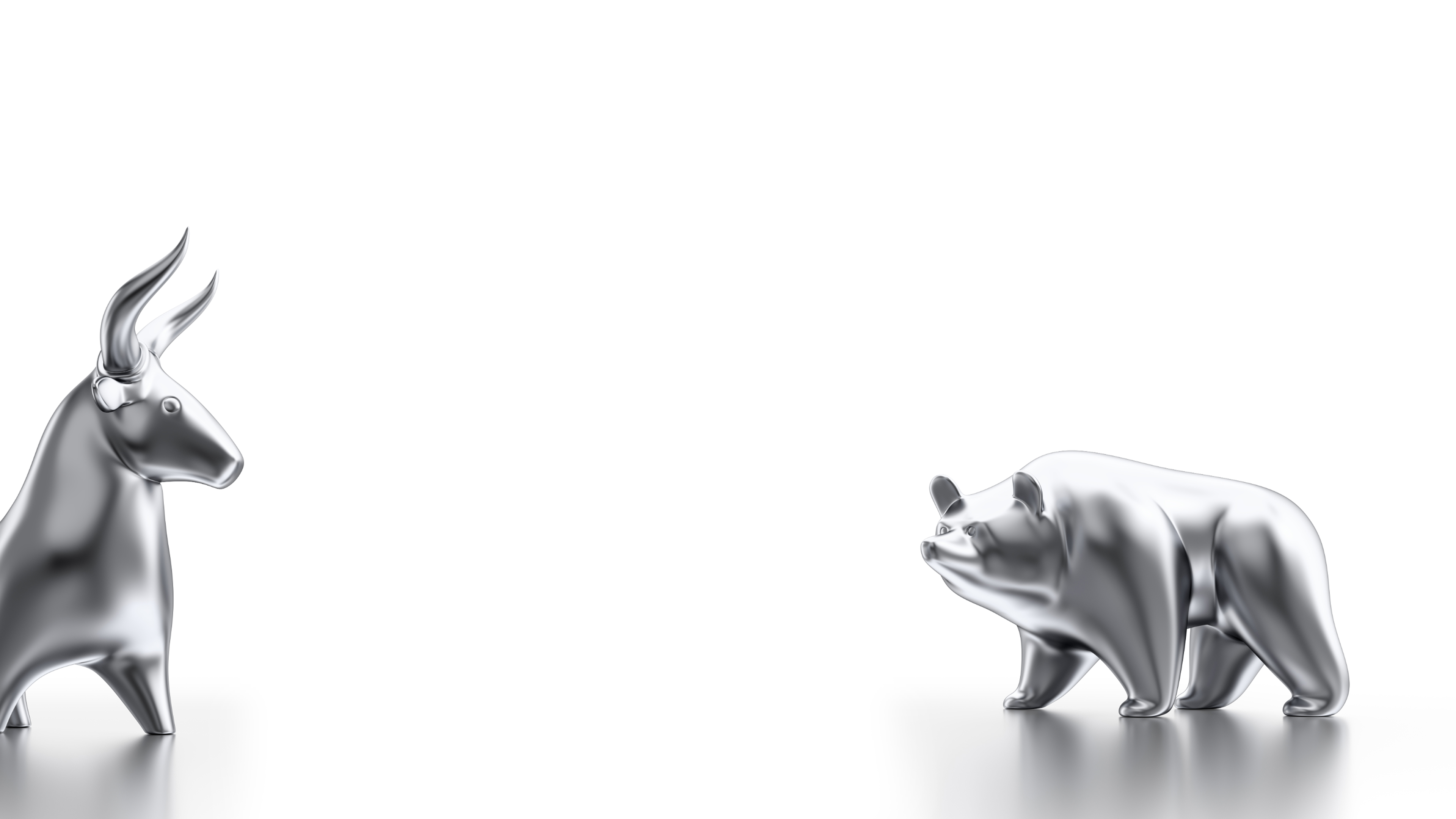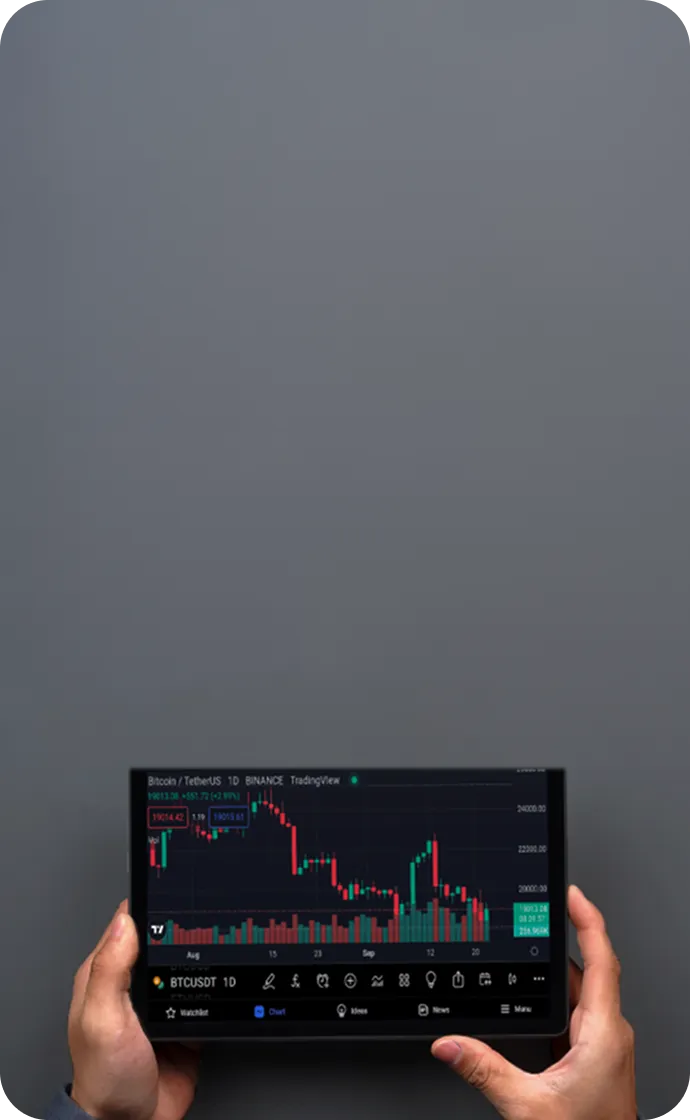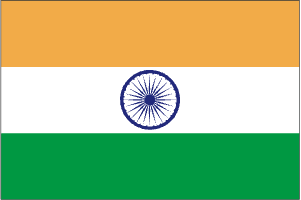

India Forex Reserves: Today’s Level, Meaning and Uses
India forex reserves are the main buffer that protects India’s external finances, the rupee, and the country’s ability to pay for essential imports. For anyone tracking markets, understanding India forex reserves today helps explain RBI decisions and signals external strength or pressure.
What is Forex Reserve?
At the simplest level, forex reserves are foreign-currency assets, gold, Special Drawing Rights (SDRs), and IMF reserve positions held by a country’s central bank as an emergency buffer. When we talk about forex reserves of India, we mean the pool of safe foreign assets the RBI can use to stabilise the rupee and keep external payments running smoothly.
In practice, strong forex reserves India reduce the risk of a balance-of-payments crisis for India and make it easier to handle spikes in oil prices or sudden capital outflows. Compared with many peers, robust India forex reserves are one of the biggest strengths of the Indian macro story.
What are India Forex Reserves?
India forex reserves refer specifically to the stock of foreign assets held by the RBI that can be deployed quickly in times of stress. These india forex reserves give policymakers room to respond to shocks without resorting to harsh import cuts or capital controls.
What is Forex Reserves of India Made Up Of?
The main components of India forex reserves are foreign currency assets, gold, Special Drawing Rights, and India’s reserve position in the IMF. Together, these elements ensure that india forex reserves are diversified across major currencies and instruments.
Foreign currency assets: mainly US dollars, but also euros, yen, and other currencies
Gold reserves: an important and growing share of forex reserves of India
SDRs and IMF position: claims that add flexibility to India forex reserves during crises
Why are India Forex Reserves Important for the Rupee and Economy?
India forex reserves help the RBI smooth sharp moves in the rupee without committing to a fixed exchange rate. With large india forex reserves, the central bank can support the currency during stress, reassure foreign investors, and reduce the risk of sudden funding shortages.
What is the Current Forex Reserve of India?
For the latest available week, India forex reserves today stand at about USD 692.6 billion as of the week ended 14 November 2025, according to RBI data. That means india forex reserves have risen sharply in recent years, putting the country near record highs and among the top global reserve holders.
Users asking how much forex reserves does india have are often trying to judge whether this buffer is big enough to cover imports and short-term external debt. At current levels, india forex reserves easily cover many months of imports, making the external position much stronger than that of smaller neighbours with limited buffers such as Pakistan forex reserves.
Is the Current Level of India Forex Reserves Comfortable?
Most analysts see India forex reserves as more than comfortable when measured against imports and short-term debt. This allows the RBI to intervene in currency markets if needed while still keeping a sizeable safety margin.
What can changes in India Forex Reserves Today Signal?
Weekly shifts in India forex reserves today can indicate whether the RBI is buying or selling foreign currency and how strong capital flows are. A steady rise in India forex reserves usually points to healthy inflows and rising confidence, while a drop can signal intervention, valuation losses, or outflows.
How is forex reserve used?
India forex reserves are used mainly to manage rupee volatility and maintain orderly conditions in the foreign-exchange market. When there is excess demand for dollars, the RBI can draw on India forex reserves to supply foreign currency and prevent disorderly moves.
At the same time, the RBI invests India forex reserves conservatively in highly rated, liquid securities so they remain available at short notice. This cautious approach helps preserve capital while allowing India forex reserves to generate modest returns that offset some of the costs of holding such a large buffer.
How does the RBI use Forex Reserves India?
In periods of heavy inflows, the RBI may buy foreign currency to build India forex reserves and avoid excessive rupee appreciation. In periods of stress, it can sell part of india forex reserves to meet market demand, keeping volatility under control while still preserving enough reserves for future shocks.
How do India Forex Reserves compare with Pakistan Forex Reserves?
India forex reserves are many times larger than pakistan forex reserves, which are roughly in the mid-teens of billions of US dollars. This gap shows why India forex reserves give India a stronger external cushion, more policy flexibility, and better access to global capital than economies with much smaller buffers.
Conclusion
India forex reserves have grown into one of the country’s most important economic strengths, shaping how the rupee trades and how investors view India’s risk profile. For readers tracking India forex reserves today, weekly RBI releases are a simple way to keep an eye on external resilience.
Because India forex reserves are large, diversified, and actively managed, India is better placed to handle shocks in global interest rates, commodity prices, or capital flows. Watching how India forex reserves react to global events can give any informed user a quick read on the health of the external sector.
Trade Smarter Today




Frequently Asked Questions
What is forex reserve?
What happens when forex reserves increase?
Which country has the highest forex reserves?
What is the rank of India in forex reserves?
Who owns forex reserves in India?


Account
Account
Instantly



